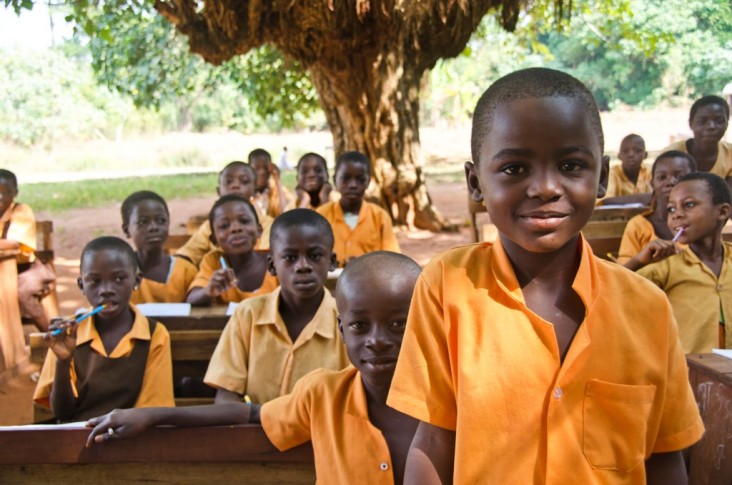Speeches Shim

USAID/Ghana’s Education Development Objective is "Improved Reading Performance in Primary School." By 2020, we will improve reading proficiency for at least 2.8 million Ghanaian children upon primary school completion through our USAID Ghana Partnership for Education Project.
Our Partnership for Education Project activities are designed to contribute directly to the USAID Ghana Country Development and Cooperation Strategy, under which the mission goal is: “Ghana’s Transition Towards Established Middle Income Status Accelerated.” The three Intermediate Results outlined in the Education Development Objective are: 1) Enhanced Reading and Math Instruction, 2) Strengthened Basic Education Management Systems and, a common result across the entire mission portfolio, 3) Increased Government Accountability and Transparency. Our project approach emphasizes implementing basic education resources through the Government of Ghana systems, implementing partners, development partners, and local solutions.
Historically, we’ve also supported a community program that recruits and trains volunteers to teach in short-staffed rural schools. In 2013, USAID contributed to the country’s overall increase in primary school completion from 93 percent to 98 percent. Additionally, we have provided scholarships to support the education of 7,000 girls, including 300 children with special learning needs. By partnering with the Ministry of Education and the Ghana Education Service, we've increased English language skills. Our portfolio also provides assistance to school construction and rehabilitation in 48 districts across Ghana.
To increase accountability, we continue to support a national school report card program that provides school- and district-level performance data to local communities. By providing more than 60 districts with financial and specialized technical support, we improve management, accountability, and results. Because community involvement is critical to public education programs, we support efforts to increase the involvement of parents and other community members in advocating for high-quality education.


Comment
Make a general inquiry or suggest an improvement.